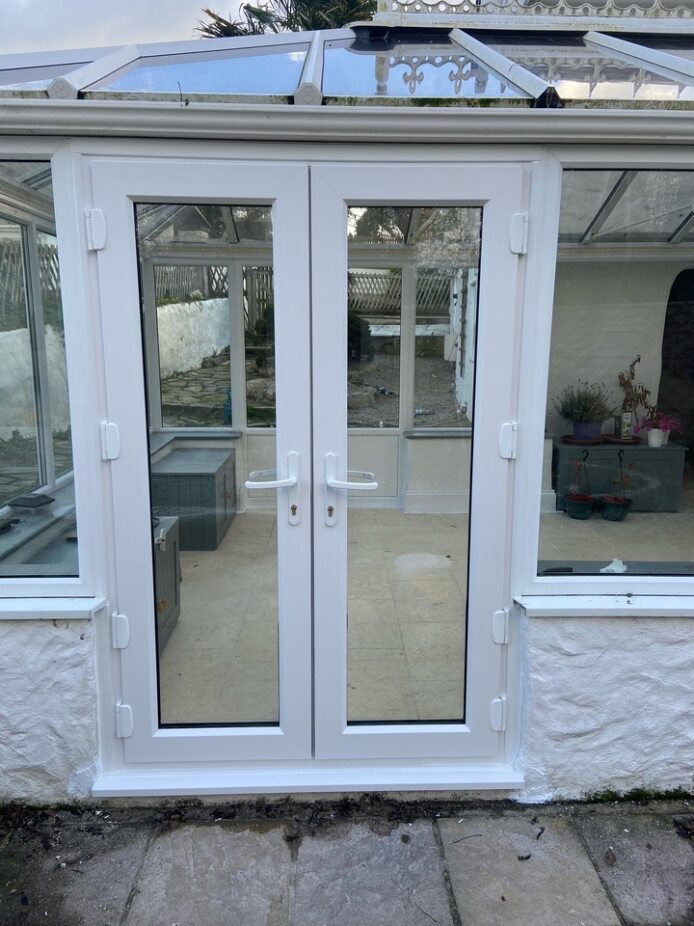Resident
If you are at risk of flooding, you may want to consider installing Property Flood Resilience in advance. These are different kinds of solutions that can reduce the impact of a flood event on your property. Costs vary depending on factors such as whether they are permanent (requiring structural work), or temporary. If you are interested in learning more about Property Flood Resilience, head to BeFloodReady.
Image: Flood gate
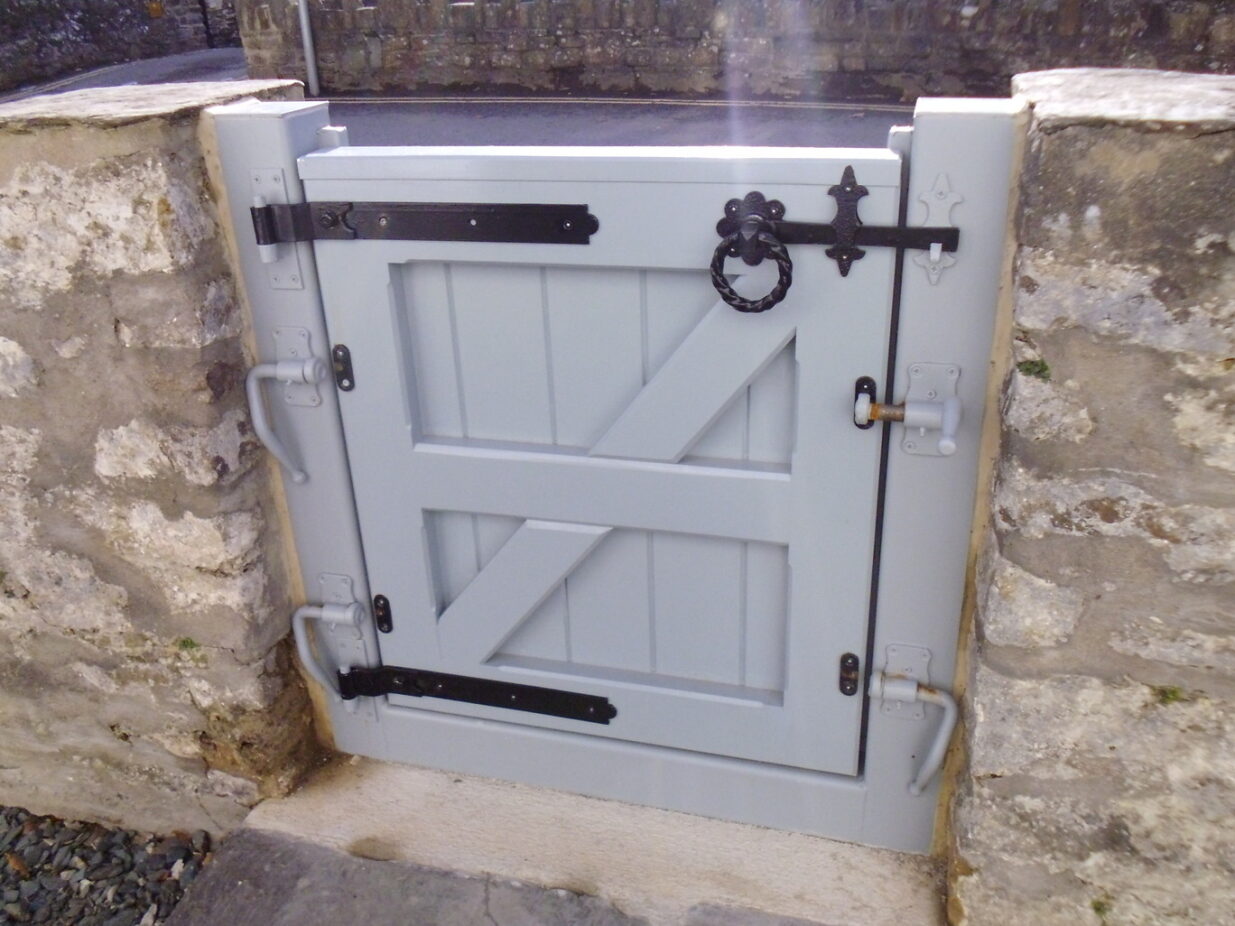
Sustainable urban drainage systems (also known as SuDS) can help to slow down the rate at which water enters drainage systems in heavy rainfall events, helping to stop surface water networks from becoming overwhelmed.
Consider getting a water butt (this doesn’t have to be brand new; it could be an old bin!) This will be very simple to install and can provide rainwater for use on the garden all year round. Depending on the size, they can store hundreds of litres of water.
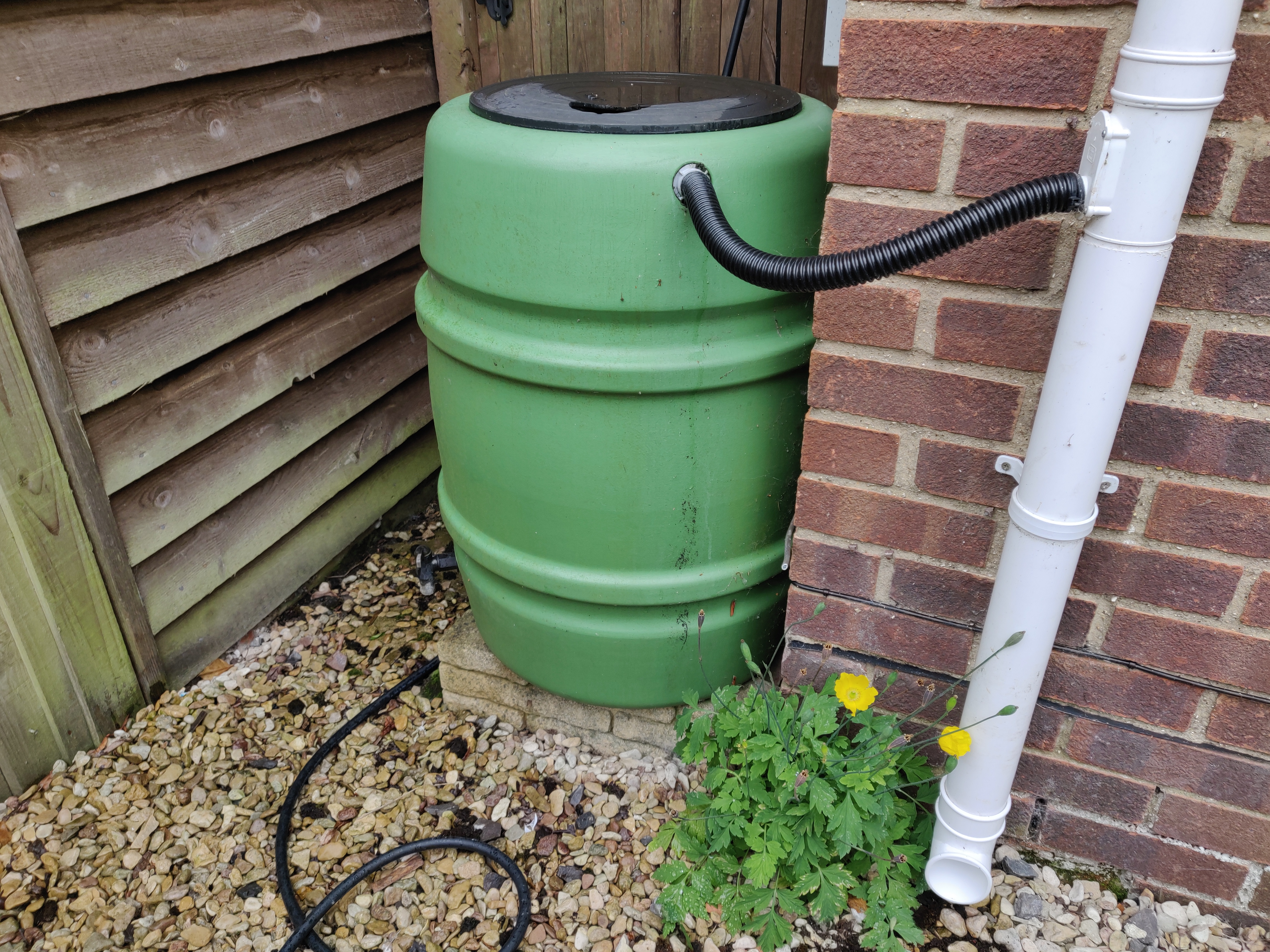
A soakaway module (also known as a storm cell or an attenuation cell) is another way of storing surface water. The idea is that they sit below the ground and store surface water, releasing it at a more appropriate time (not during rainfall). There are a variety of resources available online that can provide more information if you believe a soakaway module would be beneficial for your property.
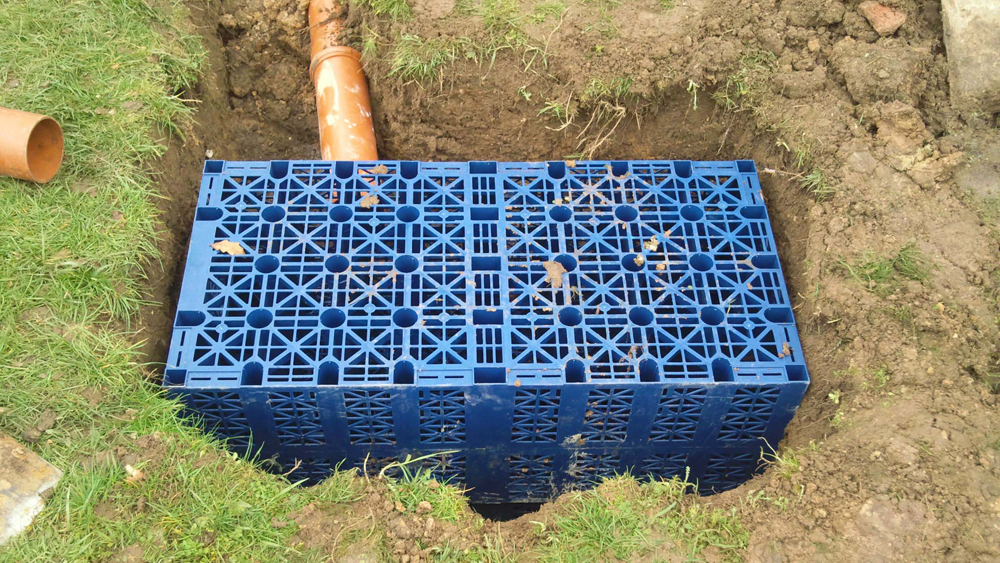
Consider re-landscaping or changing the profile of your garden to divert surface runoff away from your property and towards areas of open space.
- Also known as bioretention facilities, a rain garden is a shallow dug out area in your garden that collects rainwater.
- It should store excess water in the soil and plants, reducing the amount of surface runoff and reducing the risk of flooding.
- It can help to reduce pollution by removing nutrients, chemicals, and sediment from rainwater runoff.
- Can be a haven for wildlife.
- Some plants that are recommended, include: goatsbeard, yellow flag iris, meadowsweet, giant rhubarb, leopard plants, purple loosestrife, and granny’s bouquet.
- There are plenty of resources online that can help you to create a rain garden at your property.
Image copyright: Susdrain
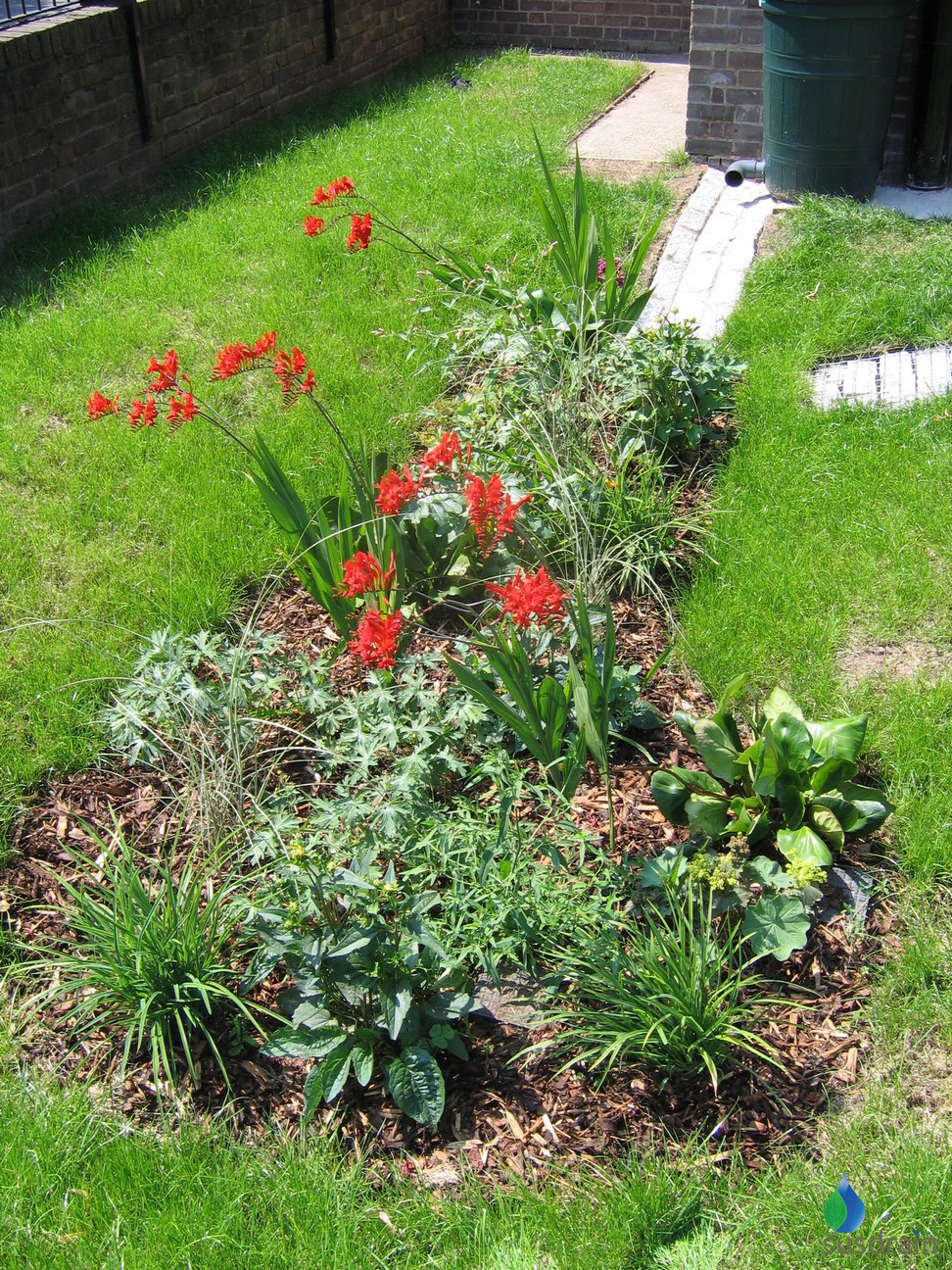
Install a green roof on sheds/ small outbuildings that can support the additional weight of a natural covering, such as grass, moss, or flowers.
This can soak up excess water that would have otherwise runoff the roof, adding to surface water flow on the ground.
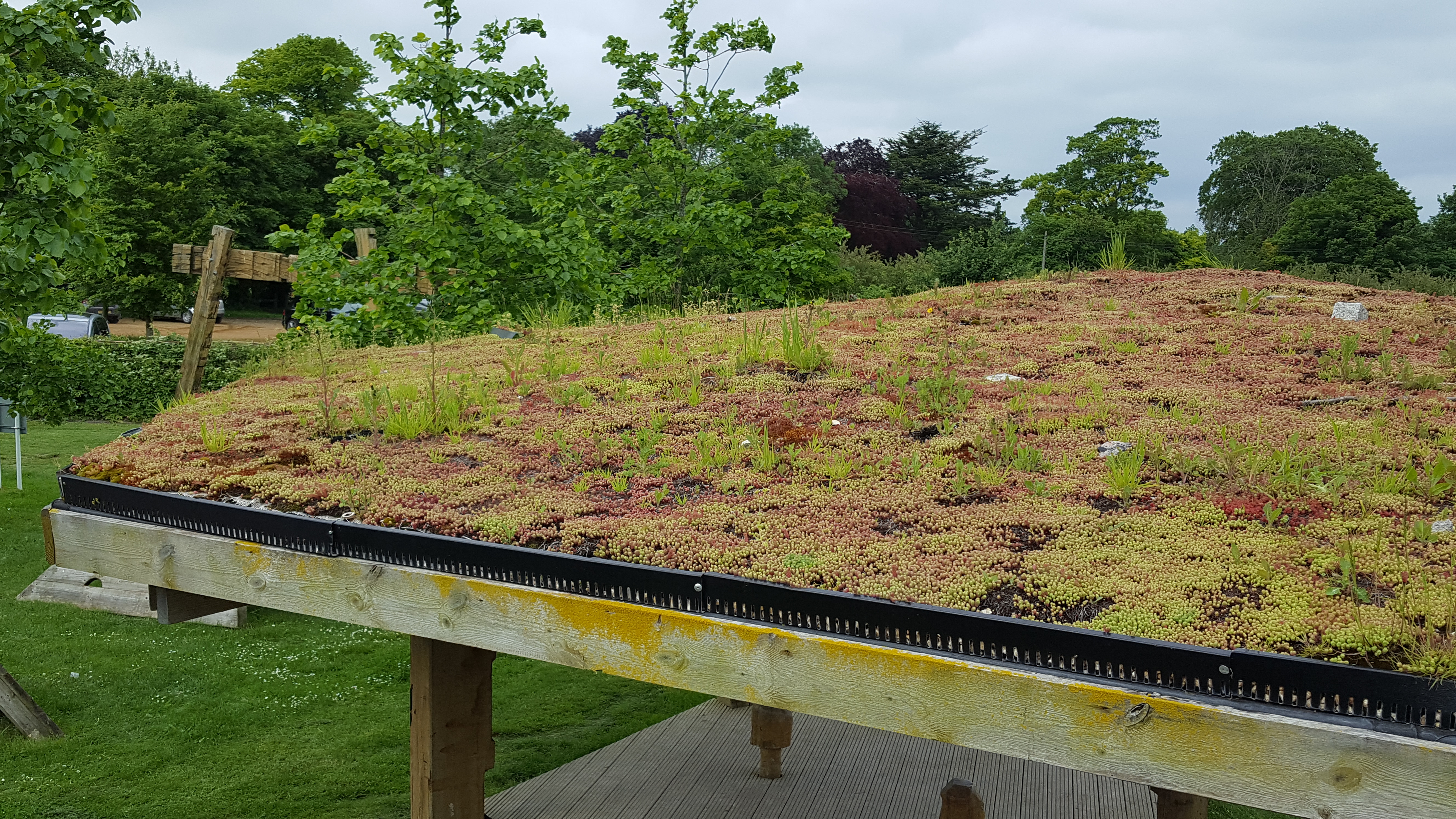
Although concrete drives are practical places to park cars, they also increase the rate of surface water runoff by taking up space that could be filled with soil and plants that can absorb excess water. Instead, consider exploring permeable alternatives to reduce the amount of surface water runoff.
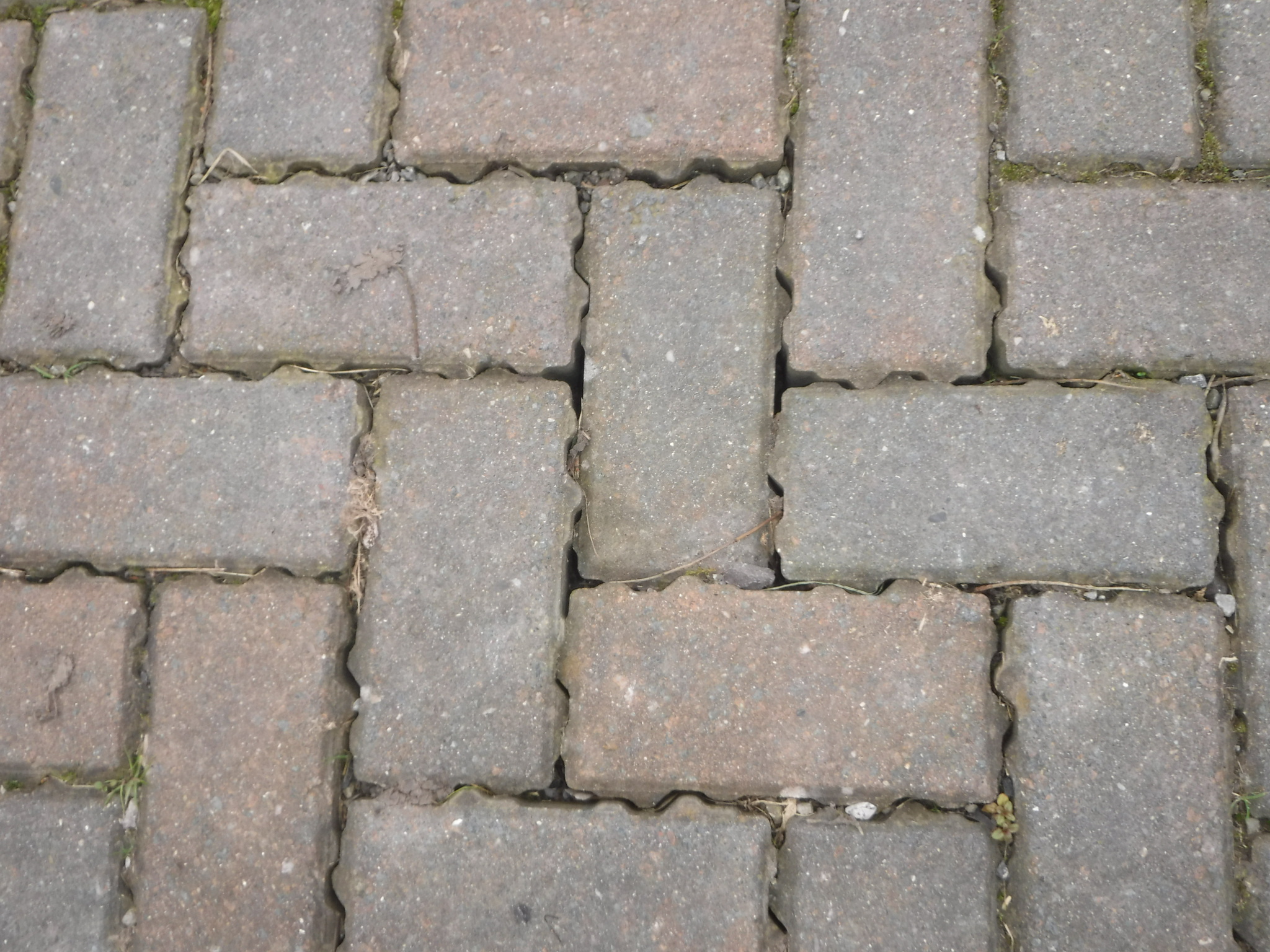
Community
It is important for your Flood Action Group to keep in touch with other members and the National Flood Forum to maximise its effectiveness at protecting the community. It’s essential that you: Identify key issues, map out your own flood plan, set your own agenda, and work in partnership with organisations that manage flood risk.
It may be a good idea to plan regular meetings, perhaps every quarter, and to have ad-hoc meetings following a flood event to debrief and discuss what went well and what you can improve with regards to flood response.
Business
If your business is at risk of flooding, you may want to consider installing Property Flood Resilience in advance. These are different kinds of solutions that can reduce the impact of a flood event on your property. Costs vary depending on factors such as whether they are permanent (requiring structural work), or temporary. If you are interested in learning more about Property Flood Resilience, head to BeFloodReady.
Image: Flood doors
